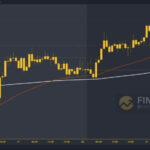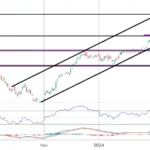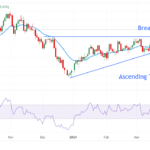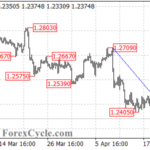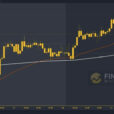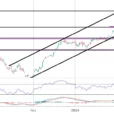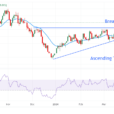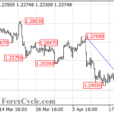
After a bumper 2013, the green energy space has seen modest trading so far this year due to valuation concerns. The industry trends, however, continue to improve and seem encouraging with the U.S. and China deciding to jointly act on the new climate change plans after prolonged talks. The pact could act as a new catalyst for the industry and build a positive momentum in the space (see: all the Alternative Energy ETFs here).
U.S.-China Deal in Focus
Under the deal, President Obama vowed to reduce greenhouse gases faster than before while China decided to cap carbon emissions for the first time. Both countries account for more than one-third of greenhouse gas emissions and are the world’s largest polluters.
Obama’s new target calls for a 26–28% drop in carbon emissions from 2005 levels by 2025. This goal is much higher than the earlier expectation of 17% emission reductions by 2020. Notably, the pace of reduction in fossil-fuel emissions would double, starting 2020. On the other hand, China pledged to cut carbon emissions by 2030. For this ambitious goal, the country is seeking to install more panels and increase the non-fossil fuel share of all energy to around 20% by 2030. In fact, it is expected to install as much as 8 gigawatts of small solar systems this year, more than 10 times built last year.
While this historic treaty would hurt companies relying on dirty fuel sources like coal and coal ETF, it is a boon for the clean energy ETF space. Let’s dig into these for more details (read: 3 Clean Energy ETFs for a Green Portfolio):
ETFs to Benefit
iShares Global Clean Energy ETF ((ICLN – ETF report))
The accord looks to improve energy efficiency as well as reduce other non-carbon emissions. It will encourage other countries to follow suit in cleaning the climate, resulting in a broad-based plan. As such, the deal will clearly benefit a variety of clean energy firms across the globe. As per the International Energy Agency, renewable energy would account for nearly half of the increase in global power generation to 2040, overtaking coal as a leading source of electricity.
While there are several options available in the broad clean energy space, ICLN looks excellent in this pro-clean energy environment as it provides global exposure to 31 clean energy stocks, including solar, wind and other renewable source. This product tracks the S&P Global Clean Energy Index and charges 47 bps in annual fees and expenses. It has amassed just $63.6 million in its asset base while volume is also light at about 32,000 shares.
China and U.S. takes the top two spots in terms of country exposure with 30.1% and 21.7%, respectively, of ICLN. Other countries like Spain and Brazil also make up for a decent allocation. The ETF is down about 3% in the year-to-date time frame (read: Clean Energy ETFs: Losers of the Crude Oil Crash?).



